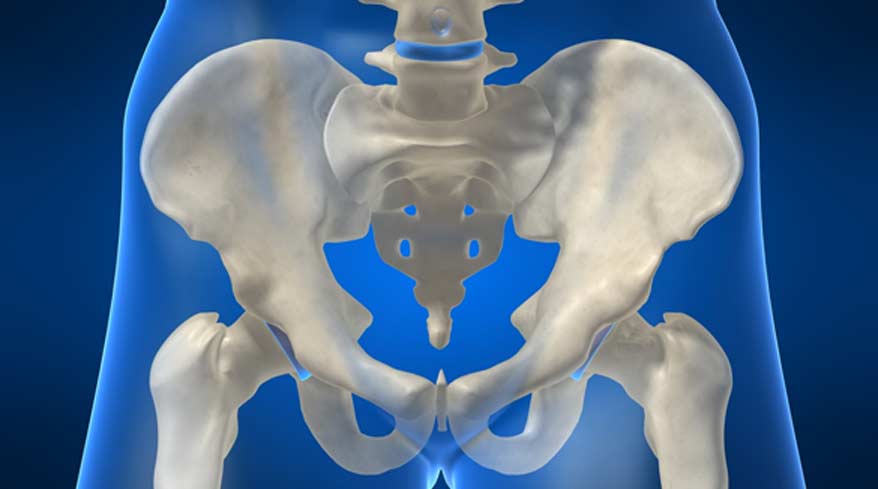
A celiac plexus block is an injection of medication that is designed to relieve pain.
These injections are so named because they are administered to the celiac plexus, which is a group of nerves that stem from the abdominal aorta and branch out to various parts within the abdomen. The type of medication that is administered during these procedures can vary, but they often consist of local anesthetics or pain medication. These injections may also contain steroids in some cases.
Who Is A Candidate For This Procedure?
A celiac plexus block can be utilized in a variety of conditions in which abdominal pain is a concern. However, most of the patients who undergo this type of procedure are suffering from abdominal pain that is related to either abdominal cancers or chronic pancreatitis. There are many other factors that both the physician and patient should consider prior to the procedure, such as the patient’s history and medications. Since this injection directly affects the patient’s central nervous system, the baseline blood pressure may be a factor in candidacy. However, this procedure is generally considered to be of very low risk for the majority of patients. It is important to note that, if a patient has an abdominal condition, it has been shown that celiac plexus injections work better the earlier they begin. Additionally, the patient’s allergies should be taken into consideration since there are a variety of medications that may be administered through the injection.


What To Expect During The Procedure
This procedure is most often performed on an outpatient basis, meaning that the patient is scheduled, receives the injection, and is released home all within the same day. Upon arrival, the patient will lie on their stomach for the procedure. The medical staff will then clean the skin over the injection site with an antiseptic. They will also hook the patient up to a variety of monitors, including an EKG and oxygen monitor. This procedure usually does not require the administration of general anesthesia, but local anesthesia and sedation are often administered so that the patient doesn’t feel the injection as much. Since both sedatives and anesthetics can depress the central nervous system, the medical staff will closely monitor the EKG and oxygen screens.
Prior to injecting the medication, the physician will inject dye into the site. This dye along with x-ray technology will allow the physician to see where the dye is traveling to within the nervous system. Once the site is confirmed, the actual injection will be performed. The injection will also be monitored under x-ray to confirm that the medication has reached the necessary areas. While it is possible for the patient to feel the injection, it isn’t typically painful. The entire procedure is usually completed within a half hour. Afterward, the patient will be monitored for a designated time before being released home. While some patients do report soreness at the injection site for a couple of days following the procedure, most are able to return to their daily activities the following day.


